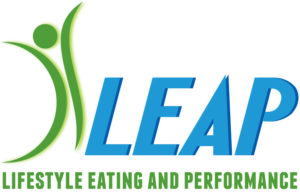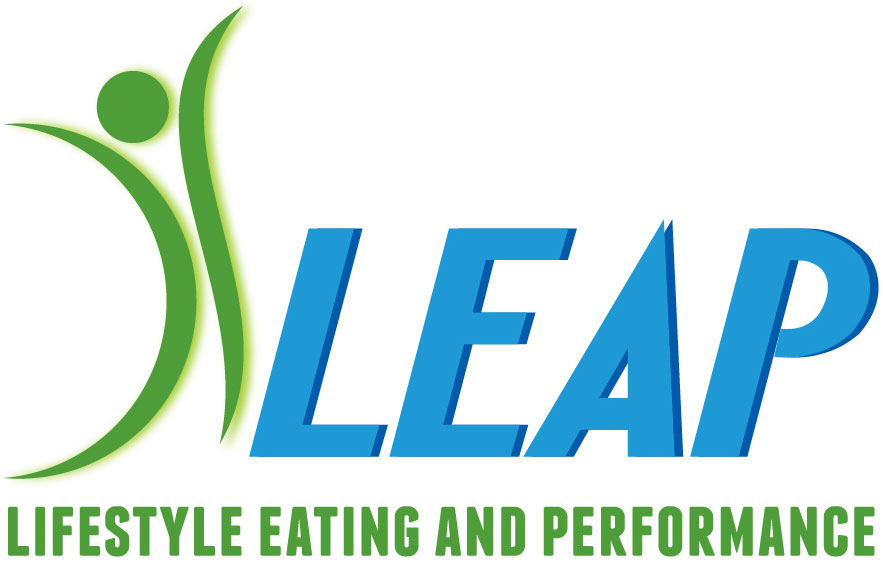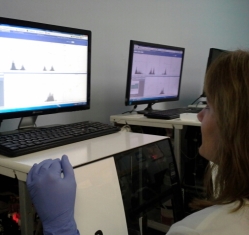“Having treated over 10,000 patients using LEAP, I can absolutely say that no other approach is as good for food sensitivity related health problems. LEAP simplifies what used to be a very difficult process by combining the best blood test with a simple but extremely effective method of building a healthy and delicious diet. LEAP is the best by far because it gives me a system that produces the most complete results in the quickest time possible.”
Susan Linke, RD, MS, CLT
CLT Mentor, National Speaker & Food Sensitivity Expert
LEAP: A Powerful Oligoantigenic Anti-Inflammatory Eating Plan
One of the most important differences between Oxford and other food sensitivity labs is that of clinical experience. From 1996-2001 Oxford operated several clinics dedicated entirely to the treatment of diet-induced inflammation- related health problems (Oxford Nutritional Centers).
Our primary diagnostic tool was MRT (along with a careful medical history) and our only therapy was changing our patient’s diets based on MRT and their history. There were no supplements, nutraceuticals, herbs, drugs, or any other therapy used at our clinics. This allowed us to clearly establish the cause-and-effect relationship between what our patients ate and the degree of symptom remission produced by the eating plan we prescribed.

Setting the Standard for Clinical Experience
There is no substitute for experience and this clinical experience was absolutely invaluable. It gave us insights we couldn’t have gotten any other way and clearly answered critical questions that could only be answered by applying the results to sick patients ourselves. Amongst other things, we learned the answers to the following key questions:
- In what conditions does diet-induced inflammation play a causal or contributing role?
- How do you design the eating plan for maximum adherence?
- How long before clinical outcomes are seen?
- What information is MRT giving us and what is the best way to utilize the test results?
Rotation Diets are Hard
When we started our clinics, the first type of dietary therapy we employed was a 4-day rotation diet. Anyone who works with food allergy or diet-induced inflammation knows what a rotation diet is. Essentially a rotation diet limits exposure to foods within food families to once every 4 days. Rotation helps prevent sensitivities from developing because it prevents antigen accumulation. It can also help identify reactive items because of patterns that may emerge from consistent limited exposure correlated with consistent symptom generation (headaches, malaise, digestive problems, fatigue, brain fog, etc.).
Though they may work for some, for most, rotation diets are difficult to follow because they are too rigid. Our initial experiences, like that of so many practitioners and patients, showed that only a small percentage of patients (20-30%) have the practical know-how and commitment to make a rotation diet work. Obviously, if it’s too hard to follow for most patients, it can’t be the best method.
Avoidance Works for Allergies – Not So Well for Sensitivities
We also tried an avoidance-based approach. An avoidance approach instructs people to carefully stay away from their reactive foods and is typically used for food allergy patients. But an avoidance approach – avoiding all sources and forms of your allergic foods, plus knowing where your allergic foods might be hidden, reading every label, etc. – is perfectly appropriate if you only have 1-2 allergic foods that you have to stay away from, doesn’t work so well for food-induced inflammation.
The main reason is that with sensitivities it is common to see upwards of 10-20 reactive food items. Throw in food-chemical reactions and your patients will have an extremely difficult time adhering to an avoidance diet. Why? Because it’s very hard to find pre-packaged foods (the foods most Americans have been eating for decades) that are free from the specific items most patients are sensitive to. Consequently, with an avoidance-based approach, patients become discouraged because they can’t eat the foods they enjoy eating. And if the patient doesn’t fully comply, then full clinical benefits won’t be experienced, even up to the point of experiencing zero clinical benefits.
This reality makes an avoidance diet very hard to stick with and a less-than-ideal approach.
It’s Not What You’re Reactive to…It’s What You’re Not Reactive to
After roughly 2 years of applying MRT results and trudging through rotation and/or avoidance diets, we had a realization that completely transformed our approach – and the results were nothing short of amazing.
We realized that it isn’t what a patient is reactive to what’s important. It’s what they’re not reactive to that matters most, because those are the foods you want them to eat, and the foods you’ll help them turn into an eating plan they can follow (breakfast, lunch, dinner, snacks, and beverages).
As alluded to previously, too much focus on the reactive items tends to focus the patient on what they can’t have. This is often a problem for diet-induced inflammation because many times patients are reactive to the foods they like to eat. Now you’re instructing them they can’t have those foods anymore, and that they need to make sure that everything they eat doesn’t contain those reactive items. Therefore for most, the entire focus becomes a constant reminder of how difficult the new eating plan is to follow, how they can’t eat anything they like, and quickly results in high levels of recidivism.
However, if the focus is on what they can have, and includes foods they enjoy eating, and, they are involved in the process of choosing their foods, then you achieve greater levels of patient participation, enthusiasm, adherence, and satisfaction. They then take a responsible and active role in their therapy. This is ideal for food sensitivity and lifestyle change therapy and leads to the greatest outcomes in the shortest time frame possible.
In essence, our patients became willing partners in their journey to better health. Not only did we see a massive improvement in our patient’s willingness to make the changes and stick with the plan, but clinical outcomes also greatly improved.
This is what the LEAP eating plan achieves. We went from somewhere around 40% compliance with avoidance and rotation to around 90+% compliance with our new approach. And outcomes were also greatly improved because compliance was greatly improved. The focus was now on the patient’s best foods, and it made all the difference in the world.
MRT Identifies Your Patient’s BEST Foods
MRT is the only sensitivity blood test in the entire world that quantifies the degree of the inflammatory response in sensitivity pathways. That means in addition to identifying the foods with the highest degree of reaction, more importantly, MRT is able to identify the foods that have the lowest degree of reaction (in sensitivity pathways).
Immunologically speaking, the least reactive MRT foods are your patient’s best foods (as long as you have taken into account any food allergies and celiac disease). The least reactive MRT-tested foods have the highest probability of being well-tolerated. And if they are foods the patient likes to eat, which they usually are, those are the foods that will form the basis for the multi-phased LEAP eating plan.
This feature of MRT eliminates the guesswork and makes building a healthy diet much easier. This is one of the main reasons we have such excellent practitioner and patient loyalty.
LEAP then builds a diet in a systematic and controlled way (phased approach), allowing the patient to implement their dietary changes with a great deal of success and satisfaction.




